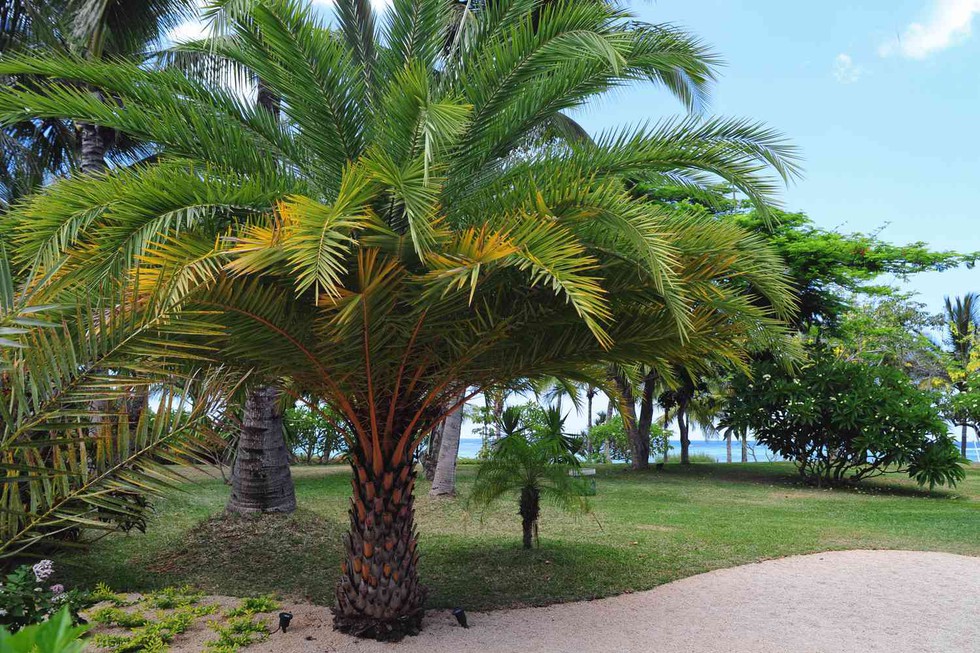
About Palm Trees:
The Philippine Army has confirmed tha...
Odisha has restricted the cutting of ...
Telecom startup Velmenni recently rec...
For the first time, a large-scale mig...
The Karnataka state government has es...
The Union Minister of State (Independ...
A painting created at least 51,200 ye...
Recently, the Ministry of New and Ren...
Ahom era 'Moidams', resting place of ...
Recently, NITI Aayog launched the ‘Sa...